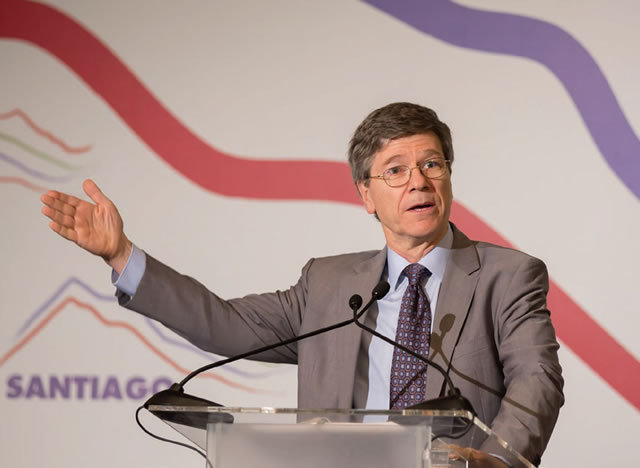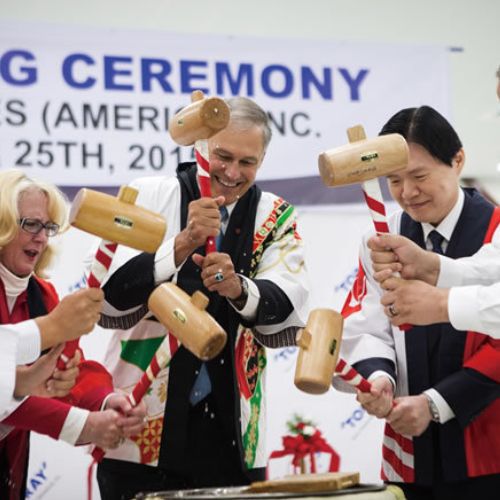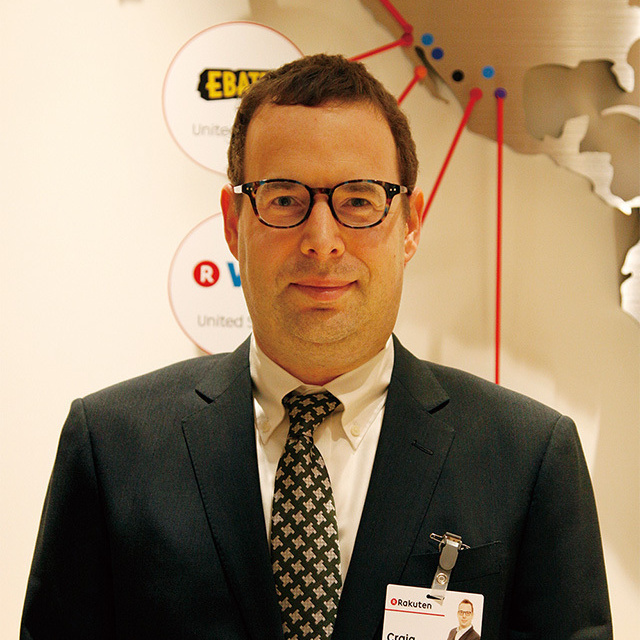One can say that Japan is the world’s great teacher of modern economic development. In the second half of the nineteenth century, Japan defended itself against colonial rule by embracing a modern, market-based economy built on advanced technology and export-led growth. Japan’s justly famous Meiji Restoration of 1868 provided a blueprint for economic development for countless countries to follow. It is a tradition that Japan maintains to the present day, as a world leader in sustainable technology and a partner to countries around the world aiming to end poverty, achieve high levels of well-being, and ensure human security.

Jeffrey D. Sachs
Jeffrey D. Sachs is University Professor and Quetelet Professor of Sustainable Development at Columbia University. He is the Director of the Center for Sustainable Development at Columbia University, and Special Advisor to U.N. Secretary-General António Guterres on the Sustainable Development Goals. Professor Sachs received the Blue Planet Prize in 2015 for his global leadership in sustainable development. He is the founder and director of the U.N. Sustainable Development Solutions Network, which links hundreds of universities and think tanks around the world to support the Sustainable Development Goals.
Japan became Asia’s first industrial economy at the end of the nineteenth century through national unity, visionary leadership, and hard work. When European powers threatened Japan’s sovereignty in the middle of the nineteenth century, far-sighted leaders instituted a remarkable policy of modernization that began in 1868. Japan famously adopted “best practices” from abroad through a remarkable global study mission, and also defended Japan’s unique and venerable culture. Thus, Japan’s economic reform and catching up was built on national values and international best practices.
The lessons of Japan’s early industrialization were repeated in the second half of the twentieth century, when Japan rebuilt from war through a surge of breakthroughs building on the new microelectronics and advanced machine technologies. Japan became a world leader in the export of automobiles, consumer electronics, healthcare products, and other goods and services. Famously, during the 1960s Japan achieved a doubling of the economy, setting a standard that several neighbors in Asia would emulate in the following decades, using their own development strategies that were heavily influenced by Japan’s success and methods.
Japan not only provided an example, but also key technologies and modern infrastructure to enable neighbors in Northeast Asia and Southeast Asia to initiate their own processes of rapid “catch-up” growth. For example, during the 1970s and 1980s, Japan’s development assistance in Southeast Asia helped Malaysia, Indonesia, Thailand, and other countries to modernize infrastructure and attract foreign investments in global manufacturing. These countries thereby began their own processes of rapid economic growth. When the world adopted the Millennium Development Goals (MDGs), Japan added an important dimension through the concept of “human security.” National security is not enough. Freedom from Want must be combined with Freedom from Fear. Japan established the U.N. Trust Fund for Human Security to promote a broad-based approach to human security that integrates economic development, environmental protection, human empowerment through education, and gender equality.
The Trust Fund became a bulwark to achieve the MDGs and an important forerunner in the world’s later adoption of the Sustainable Development Goals (SDGs), which follow the concept of human security in combining economic development, social inclusion, and environmental sustainability. Japan also contributed to development through its innovative TICAD (Tokyo International Conference on African Development) process, linking Japan and Africa in a strong, vibrant, long-term partnership for development and mutual well-being.
What we learn most from Japan’s own development and partnership with other countries is the importance of a broad-based approach to sustainable development. The economic basics are clear enough: export competitiveness, technological excellence, and an open economy. But these economic pillars are not enough. They need to be combined with high levels of public investment in human capital, especially health and education for all, and with the protection of the natural environment. Japan is a world leader in energy efficiency and in urban design that combines economic efficiency with cultural, aesthetic, and environmental values in urban life. It’s not by accident that Japan has the world’s highest life expectancy, a remarkable 83.7 years on the latest data, an achievement that reflects Japan’s broad-based commitment to inclusive and sustainable growth.
We are now in the Age of Sustainable Development, and once again we can count on Japan’s visionary role in achieving sustainable development not only in Japan but around the world with Japan as a role model and a partner to other countries. Japan continues to partner with countries that want to advance rapidly, for example by helping the Government of Rwanda to establish the new SDG Center for Africa in Kigali, a center of excellence that will provide advice, research, and networks for all African countries as they seek to achieve the SDGs. Japan is innovating on how to create new institutions, technologies, and policies for a society with a significant proportion of elderly people, a challenge of course spurred by Japan’s very high longevity. Japan’s breakthroughs in healthcare, support systems, and quality of life for the elderly will have great benefits throughout the world. Japan is also pioneering the pathway to a low-carbon economy to fulfill the Paris Climate Agreement, by deploying Japan’s world-class engineering excellence to promote energy efficiency, new materials, and new kinds of vehicles, such as Toyota’s fuel-cell vehicles.
I have been a student and admirer of Japan’s broad, creative, and generous approach to economic development and human security for several decades. I have had the benefit of seeing the superb results up close within Japan, as well in many countries of Asia and Africa that have benefited enormously from Japan’s partnership and example. Our world today is faced with the challenge of preserving national cultures in a globalized world, and in combining economic, social, and environmental objectives in a balanced and peaceful strategy of sustainable development. Fortunately, Japan provides an inspiration and beacon of hope and guidance in these great global challenges.





























